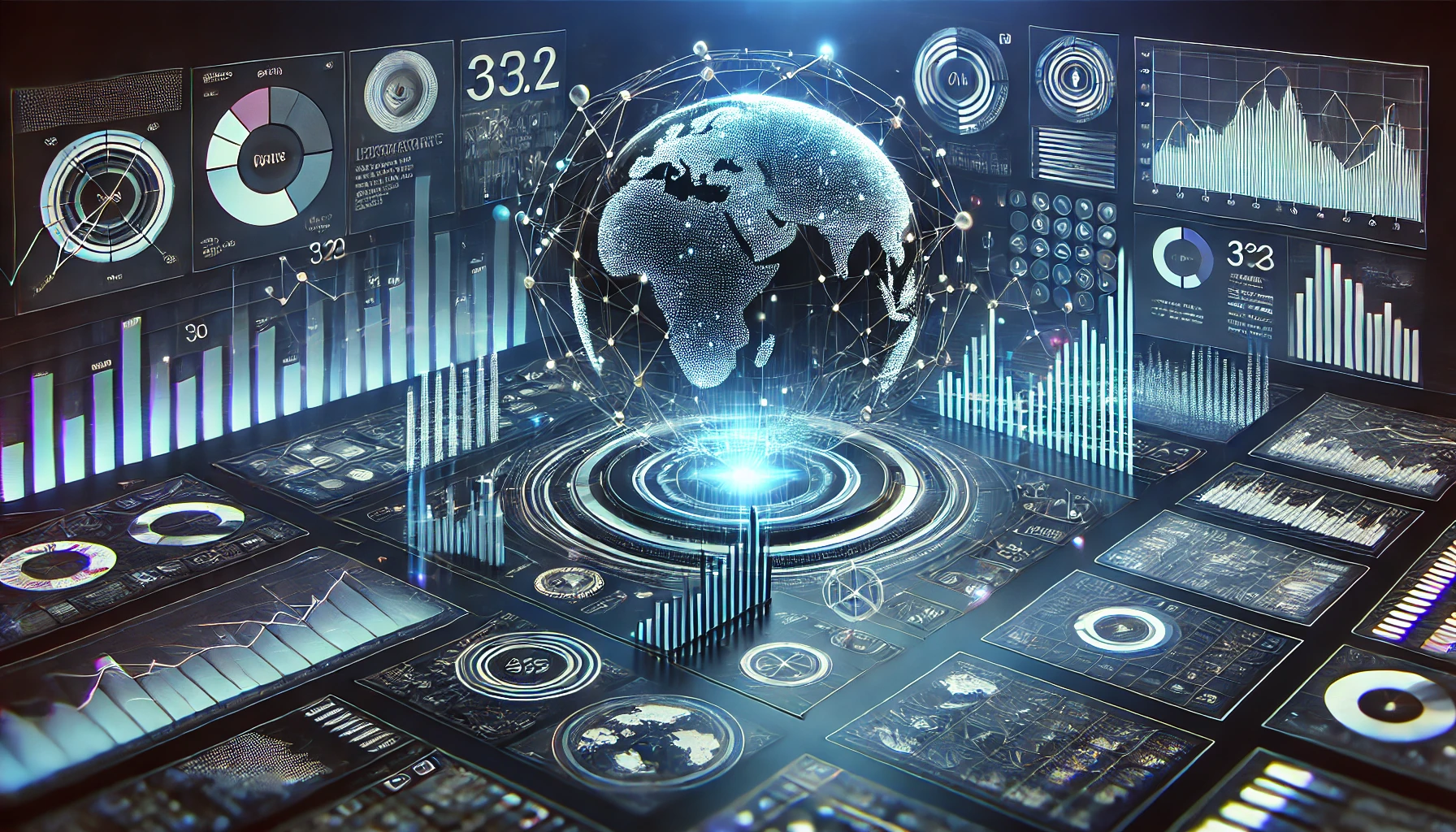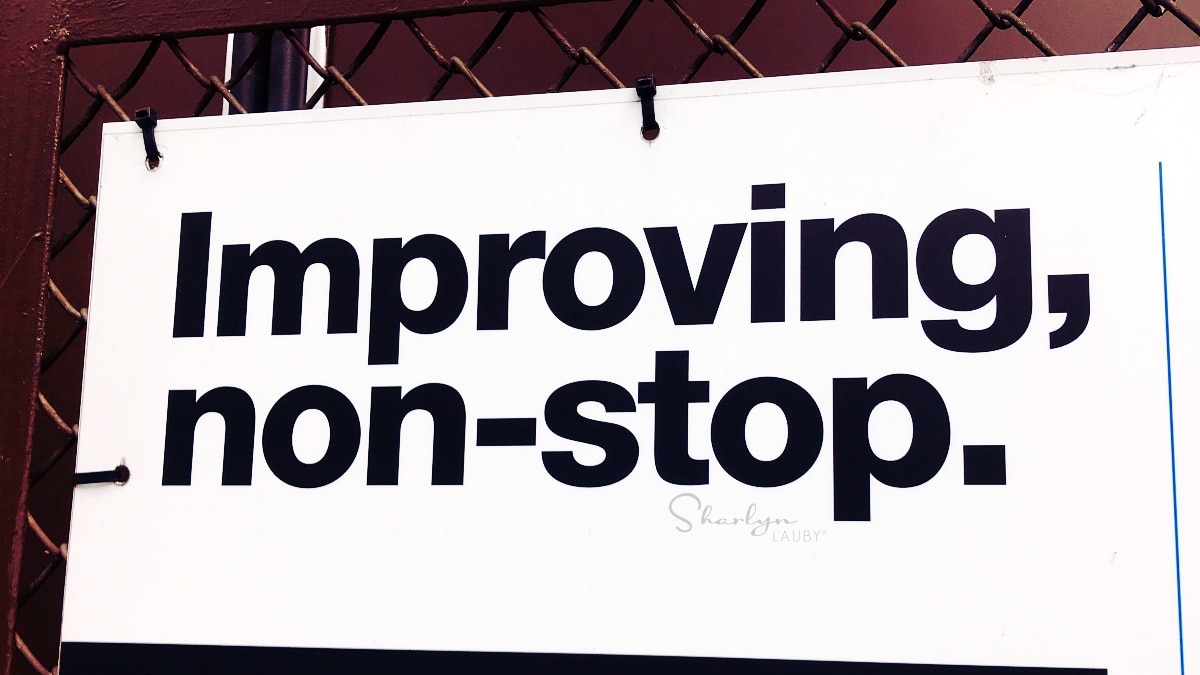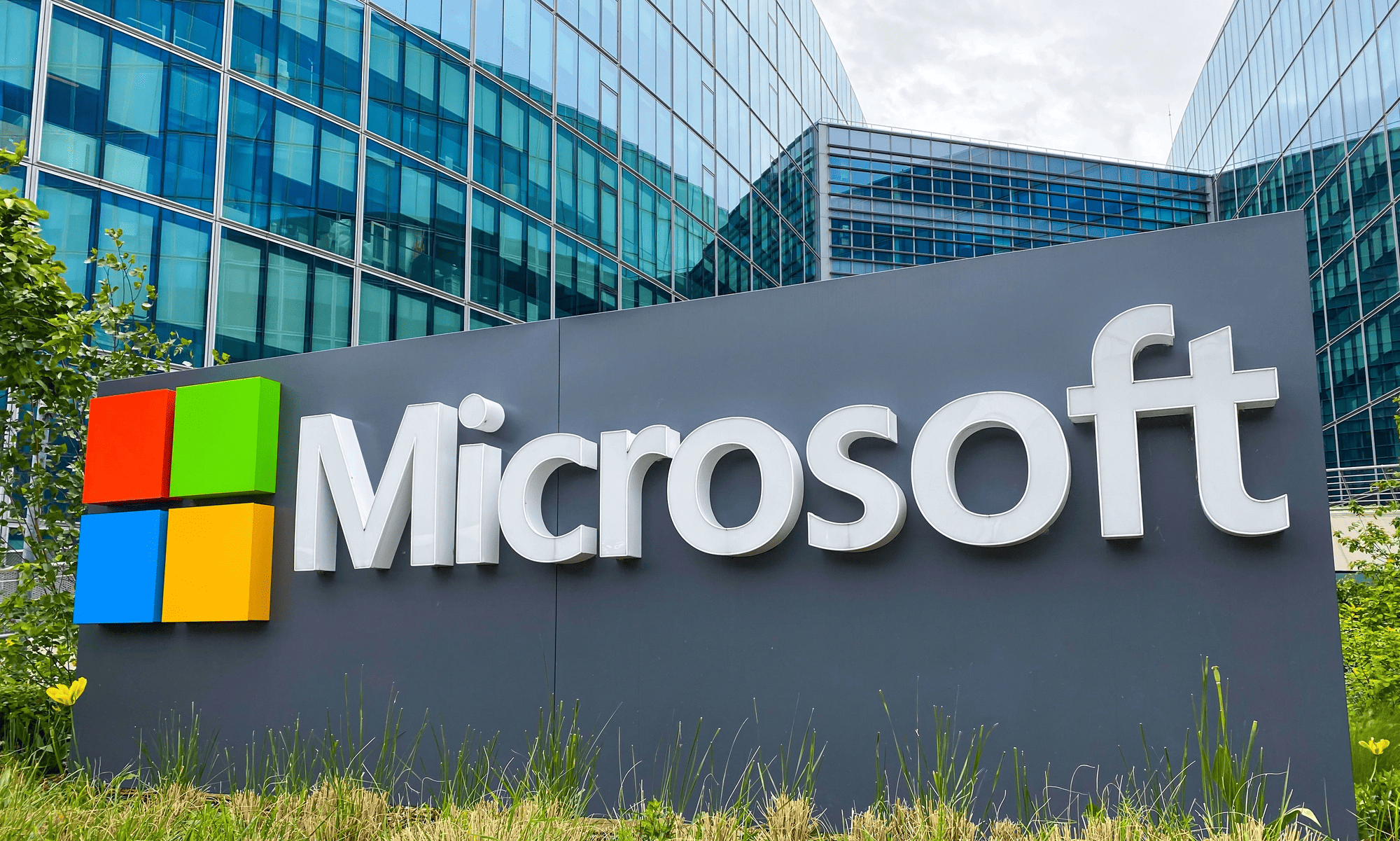Understanding these concepts is essential for planners, policymakers, and environmental managers to guide economic, social, and environmental progress.
1️⃣ Growth
Definition:
Growth refers to an increase in quantitative aspects of the economy, such as GDP, industrial production, income, or population.
Key Features:
- Measurable and numerical (e.g., GDP growth rate, industrial output).
- Focuses on economic expansion, not necessarily social welfare or environmental health.
- Can occur without improving quality of life or reducing inequality.
Example:
- Rapid industrial production in a city without adequate housing, sanitation, or environmental safeguards.
2️⃣ Development
Definition:
Development is a broader concept that includes economic growth plus improvements in social, environmental, and institutional conditions.
Key Features:
- Qualitative and quantitative improvements.
- Enhances human well-being, health, education, and quality of life.
- Focuses on equity, justice, and opportunity in addition to economic indicators.
Example:
- Urban development projects that provide affordable housing, clean water, schools, and parks alongside economic growth.
3️⃣ Sustainable Development
Definition:
The Brundtland Commission (1987) defines Sustainable Development as:
“Development that meets the needs of the present without compromising the ability of future generations to meet their own needs.”
Key Principles:
- Environmental Sustainability: Protect natural resources, biodiversity, and ecosystems.
- Economic Sustainability: Promote long-term economic growth without overexploitation.
- Social Sustainability: Ensure equity, inclusion, and improved quality of life for all.
Features:
- Integrates economic, social, and environmental planning.
- Focuses on long-term impacts rather than short-term gains.
- Requires participatory planning and policy coordination.
Examples in Planning Context:
- Green buildings and eco-friendly urban designs.
- Renewable energy integration in cities and industries.
- Sustainable agriculture practices to protect soil and water.
- Waste management and pollution control initiatives.
4️⃣ Comparison: Growth vs Development vs Sustainable Development
| Aspect | Growth | Development | Sustainable Development |
|---|---|---|---|
| Nature | Quantitative | Quantitative + Qualitative | Balanced economic, social, environmental |
| Focus | Economy / GDP | Quality of life, well-being | Present needs + Future generations |
| Scope | Narrow | Broader (social + economic) | Broadest (social + economic + environmental) |
| Example | Industrial output increase | Affordable housing + schools | Eco-friendly city with renewable energy, clean water, and public transport |
5️⃣ Relevance in Planning
- Growth provides resources for development but may lead to inequality and environmental degradation if unchecked.
- Development ensures equity, welfare, and social improvement alongside economic growth.
- Sustainable development ensures long-term viability of cities, regions, and natural resources.
✅ Key Takeaways:
- Planning must aim for sustainable development, balancing economic growth, social equity, and environmental protection.
- Policies should ensure that development today does not harm the ability of future generations to meet their needs.






















